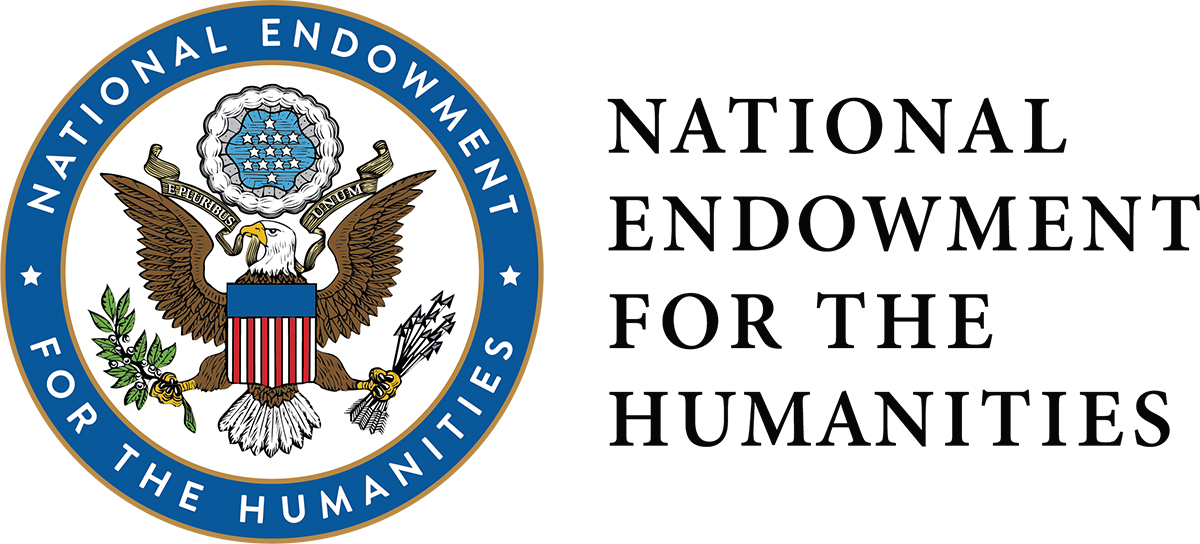FUNDING CUTS IMPACT CT HUMANITIES: Help CT Humanities navigate recent funding cuts and continue our vital work across Connecticut. All donations made to CTH will be matched dollar-for-dollar up to $50,000. Donate today!
News & Updates

Hartford’s Nook Farm
This small enclave in the capital city’s west end became home to many of the 19th century’s most celebrated and creative personalities.
Read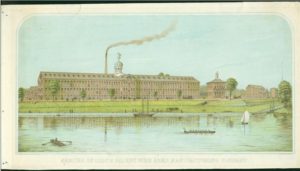
Samuel Colt and Elizabeth Jarvis Marry – Today in History: June 5
On June 5, 1856, Samuel Colt married Elizabeth Hart Jarvis, the daughter of Reverend William Jarvis and Elizabeth Hart of Middletown.
Read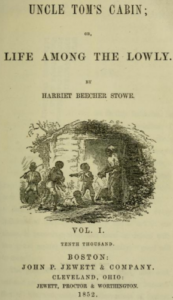
Uncle Tom’s Cabin Begins Serialization – Today in History: June 5
On June 5, 1851, the first chapter of what became the landmark novel Uncle Tom’s Cabin appeared in the National Era, an anti-slavery newspaper in Washington, DC.
Read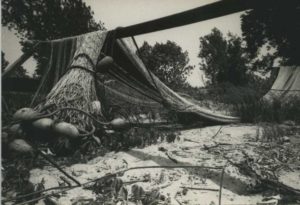
A Tale of Shad, the State Fish
The aquatic inhabitant, shad, has a long history of influencing foodways, income, and culture in the region.
Read
The Lemon Law – Today in History: June 4
On June 4, 1982, Connecticut made legislative history by pioneering the country’s first Lemon Law.
Read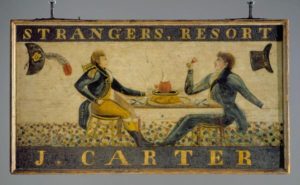
Tavern Signs Mark Changes in Travel, Innkeeping, and Artistic Practice
In colonial times, tavern signs beckoned weary travelers to places of rest and entertainment, but by the early 1900s collectors prized them as folk art and relics of a bygone era.
Read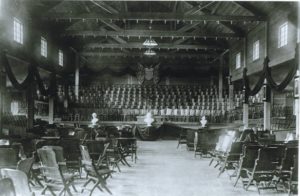
Norfolk—Alive With The Sound of Summer Music
Norfolk began hosting the Yale Summer School of Music and Norfolk Chamber Music Festival back in 1941.
Read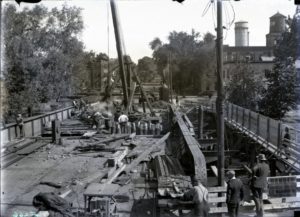
From Frontier Town to Capital City: Collection Traces Hartford’s Transformation
How does a colonial town become a modern city? A unique collection, with documents dating to the 1630s, helps provide answers.
Read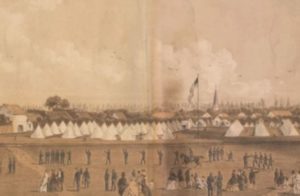
What’s in a Number? Connecticut’s Thirteenth Regiment Goes Off to War
So how lucky was the Thirteenth when it came to surviving combat, disease, and other perils of the Civil War? Read on to find out.
Read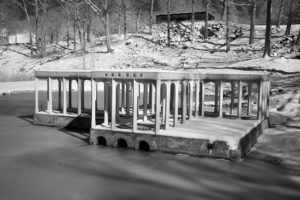
Philip Johnson in His Own Words
In 1985, this famed architect offered a candid take on his life and work, with the stipulation that it not be made public until after his death.
Read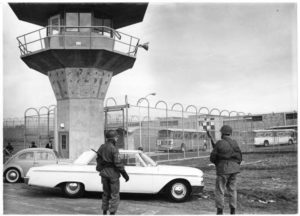
Osborn Correctional Institution
When the Connecticut Correctional Institution opened in Somers in 1963, it represented yet another chapter in the state’s history of housing those convicted of crimes.
Read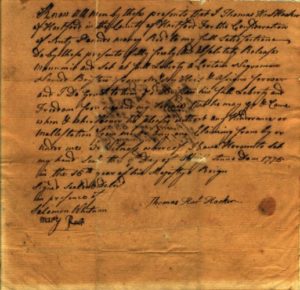
Gradual Emancipation Reflected the Struggle of Some to Envision Black Freedom
Connecticut enacted gradual emancipation in 1784 but the abolition of slavery would not occur until 1848.
Read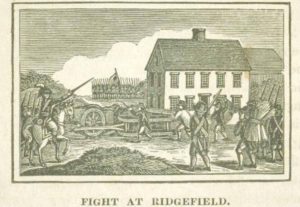
Battle at Ridgefield – Today in History: April 27
On April 27, 1777, American forces under the command of Major General David Wooster attacked the retreating British troops under Major General William Tryon in Ridgefield.
Read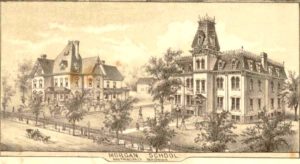
A Shipping and Railroad Magnate Remembers His Connecticut Roots
From Connecticut, Charles Morgan was a shipping and railroad magnate who became one of the most esteemed New York millionaires of the 19th century.
Read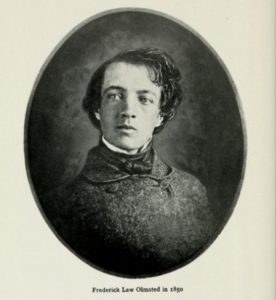
Frederick Law Olmsted Born – Today in History: April 26
On April 26, 1822, Frederick Law Olmsted was born in Hartford and became the founder of landscape architecture in America,
Read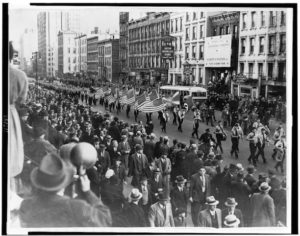
Southbury Takes On the Nazis
When the Nazis moved into Southbury, however, local citizens reacted forcefully, eventually pushing the anti-Semitic settlers out of the state.
Read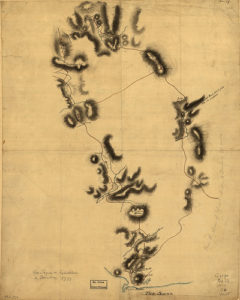
The British Attack Danbury – Today in History: April 25
On April 25, 1777, British forces land at the mouth of the Saugatuck River with plans to attack Danbury.
Read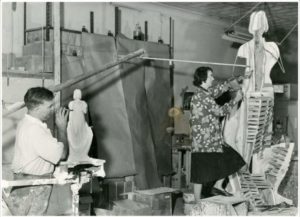
Frances Laughlin Wadsworth: Sculpting the Past
Her statues honor the famous, from Thomas Hooker and Helen Keller to Alice Cogswell, the first pupil of what became The American School for the Deaf.
Read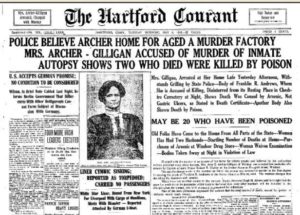
Windsor’s “Murder Factory”
It only took 4 hours for a jury to convict Amy Duggan Archer Gilligan of operating, what the Hartford Courant labeled, a “murder factory.”
Read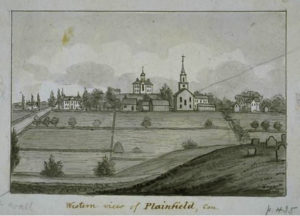
Plainfield Academy: Preparing Connecticut Scholars in the 18th and 19th Centuries
Founded in the late 18th century, the Plainfield Academy went on to become just the third school incorporated in the state of Connecticut.
Read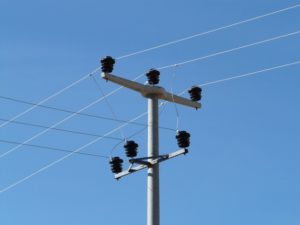
One Powerful Family in Bozrah
The operation of BL&P began strictly as a family affair with a focus on providing exemplary service to the local community.
Read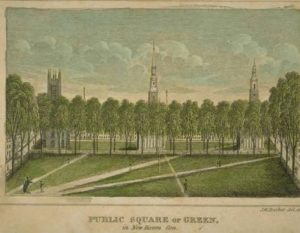
Benedict Arnold Demands the Key – Today in History: April 22
On April 22, 1775, Benedict Arnold demanded the key to New Haven’s powder house.
Read
William Edgar Simonds: A Schoolteacher Turned Civil War Hero
Originally a teacher, William Edgar Simonds’ service during the Civil War launched Simonds into a life of politics and international acclaim.
Read
Stanley Works for New Britain
In 1843, Frederick Stanley founded a small shop in New Britain to manufacture bolts, hinges, and other hardware products for sale to local residents.
Read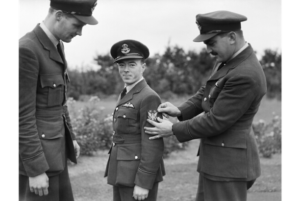
Connecticut Daredevil Andrew Mamedoff Joins Royal Air Force
Andrew Mamedoff was a daredevil, pilot, and war hero who became one of the first Americans to join England’s Royal Air Force.
Read
When Milk Powered Watertown’s Industry
The story of the dairy industry in Watertown mirrors that of many industries in Connecticut.
Read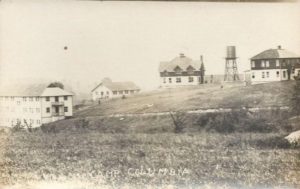
Hidden Nearby: Camp Columbia State Park in Morris
Once an engineering field school for Columbia University, this former campus presents a study in change and adaptation.
Read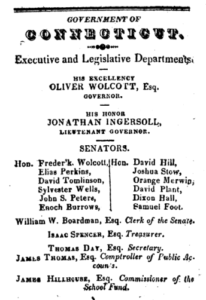
Elias Perkins: One of Lisbon’s Most Accomplished Public Servants
Elias Perkins’s career in public service lasted nearly half a century and made him a popular figure both locally and nationally.
Read
Semi-Pro Baseball in Sharon – Who Knew?
From the 1930s until about the early 1970s, Sharon fielded a team in the semi-pro Interstate Baseball League (IBL).
Read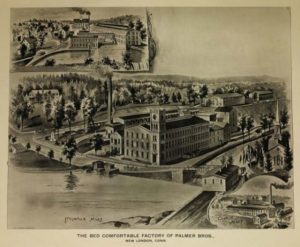
When Bozrah Provided Comfort to the Nation
For the better part of a century, the Bozrah mills utilized by the Palmer Brothers company served the Fitchville section of town and the surrounding community.
Read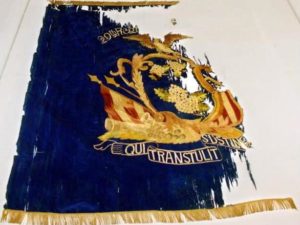
The 29th Connecticut Colored Infantry Regiment Leaves for War – Today in History: March 19
On March 19, 1864, the 29th Connecticut Colored Infantry Regiment was preparing for deployment to the South to fight in the Civil War.
Read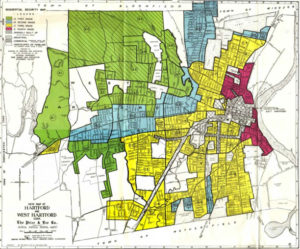
The Effects of “Redlining” on the Hartford Metropolitan Region
Historical data reveals long-term patterns of inequality that can be traced back to now-illegal practices adopted by federal and private lenders in the 1930s.
Read
Hartford Protests in Support of Selma – Today in History: March 9
On March 9, 1965, protesters held an all-night vigil in front of Governor John Dempsey’s residence in support of the voter registration marchers in Selma, Alabama.
Read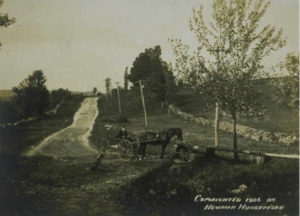
Hidden Nearby: Harwinton’s Catlin Trough
This memorial to a town father reminds us of the integral role that horses and other animals once played in daily life.
Read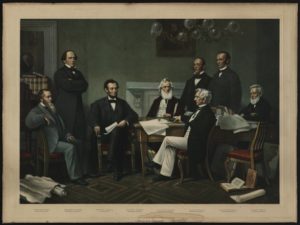
Gideon Welles’s Role in Lincoln’s Cabinet
Earning the trust of Abraham Lincoln, despite reservations from many in Lincoln’s cabinet, Gideon Welles navigated the Union navy through the Civil War. He did this largely through expanding the navy and investing in new technology, such as ironclad ships.
Read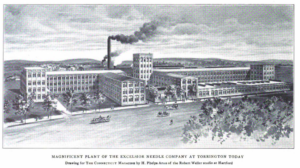
Thread Your Needle – Today in History: March 2
On March 2, 1866, the Excelsior Needle Company of Wolcottville was organized and produced machine-made sewing needles by a new method called swaging.
Read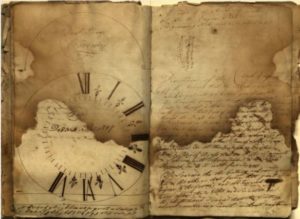
When the World Ran on Connecticut Time
The success of the clock- and watch-making industries in Connecticut came about in an era when the state was just beginning to realize its industrial potential.
Read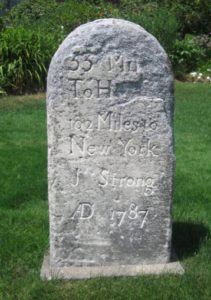
Hidden Nearby: Jedediah Strong’s Milestone
The Litchfield man behind this colonial-era mile marker led an accomplished but, ultimately, tragic life.
Read
Yankee Peddlers
Yankee peddlers were a common sight in the Connecticut countryside in the mid-19th century.
Read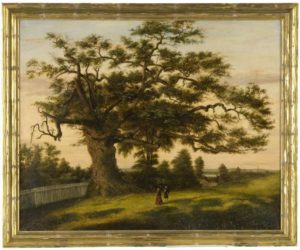
The Legend of the Charter Oak
The Charter Oak is a symbol of Connecticut’s enduring tradition of representative government and self-rule.
Read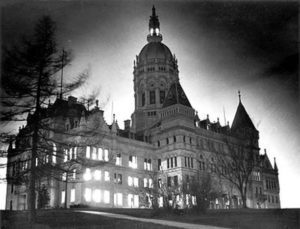
Connecticut State Capitol
Still in use today, the State Capitol continues to be a crucial site of lawmaking, state business, protest, advocacy, and more.
Read
The Battle of Groton Heights at Fort Griswold
East of the Thames River, on Groton Heights, Fort Griswold stands commanding the New London Harbor and the surrounding countryside.
Read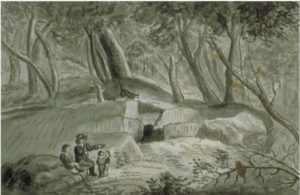
The Last Wolf in Connecticut
There are many versions of the story of Israel Putnam and the wolf, but the original is found in a book first published in 1788 while Putnam was still alive.
Read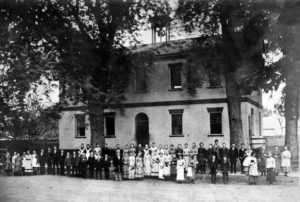
Wethersfield Academy
In the mid-17th century, Connecticut was considered the most literate place on earth, primarily due to the early Puritans’ insistence that everyone be able to read and write.
Read
Park Street Festival, Hartford 1978
The Park Street Festival is an annual Puerto Rican celebration held in the heart of Hartford’s Puerto Rican community on Park Street.
Read
The USS Nautilus: The World’s First Nuclear Submarine
On January 21, 1954, First Lady Mamie Eisenhower launched the world’s first nuclear submarine at the General Dynamics Shipyard in Groton.
Read
The Scoville Memorial Library
The first publicly funded library in the US continues to serve the town of Salisbury.
Read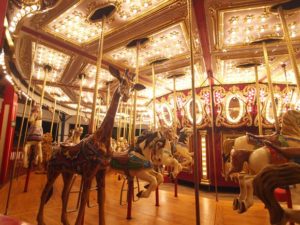
Quassy: One of the Last of the Old-Time Trolley Parks
One of the last old-time trolley parks, Quassy Amusement Park in Middlebury has been a staple in Connecticut entertainment for over 100 years.
Read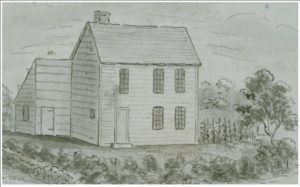
Samson Occom and the Brotherton Indians
A Mohegan and founding member of a pantribal group of Christian Indians, Occum sought to preserve Native autonomy by living apart from European communities.
Read
Zebulon Brockway: A Controversial Figure in Prison Reform
Zebulon Brockway was one of the more successful and controversial figures in prison reform during the 1800s.
ReadMore Articles


